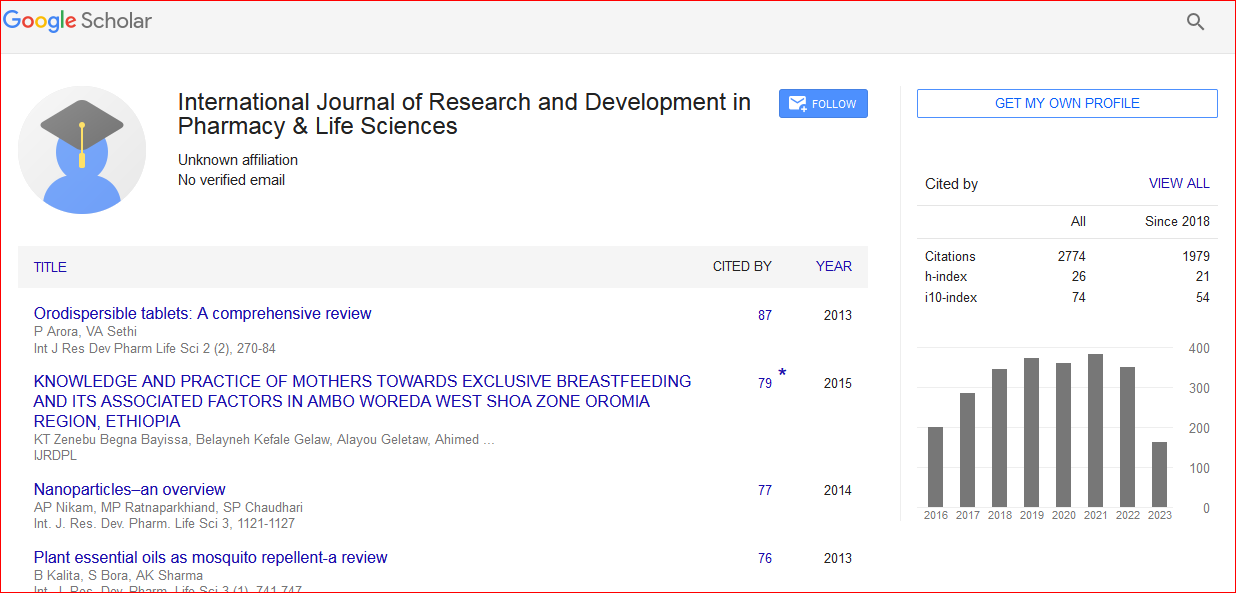Research Article
PRELIMINARY PHYTOCHEMICAL SCREENING AND COMPARATIVE IN-VITRO ANTIOXIDANT STUDIES OF DIFFERENT EXTRACTS OF DIPTERACANTHUS PROSTRATES NEES.
Abstract
The present study was conducted with the objective of preliminary phytochemical screening and evaluation of antioxidant activity of the toluene and methanolic extract of whole plant of Dipteracanthus prostatus Nees. by using DPPH radical scavenging assay and nitric oxide scavenging assay method. The different concentration (50,100, 200, 400 and 500 μg/ml) of standard and test sample (i.e. toluene and methanolic extract of whole plant of Dipteracanthus prostatus Nees.) was prepared and evaluation of anti-oxidant activity was done by DPPH radical scavenging assay and nitric oxide scavenging assay method. The anti-oxidant activity is exhibited in percentage inhibition. Toluene and methanolic extract of Dipteracanthus prostrates Nees showed gradual increasing percentage inhibition with increasing concentration of standard and test sample in both assay method. In DPPH assay method toluene extract showed more percentage inhibition (58.84%) as compared to methanolic extract (55.77%) at 500 μg /ml while in Nitric oxide Free radical Scavenging assay method toluene extract showed more percentage inhibition (57.33%) as compared to methanolic extract (52.24%) at 500 μg /ml. So, the toluene extract showed more percentage inhibition in DPPH assay method as compared to Nitric oxide Free radical Scavenging assay method.

 Spanish
Spanish  Chinese
Chinese  Russian
Russian  German
German  French
French  Japanese
Japanese  Portuguese
Portuguese  Hindi
Hindi 
